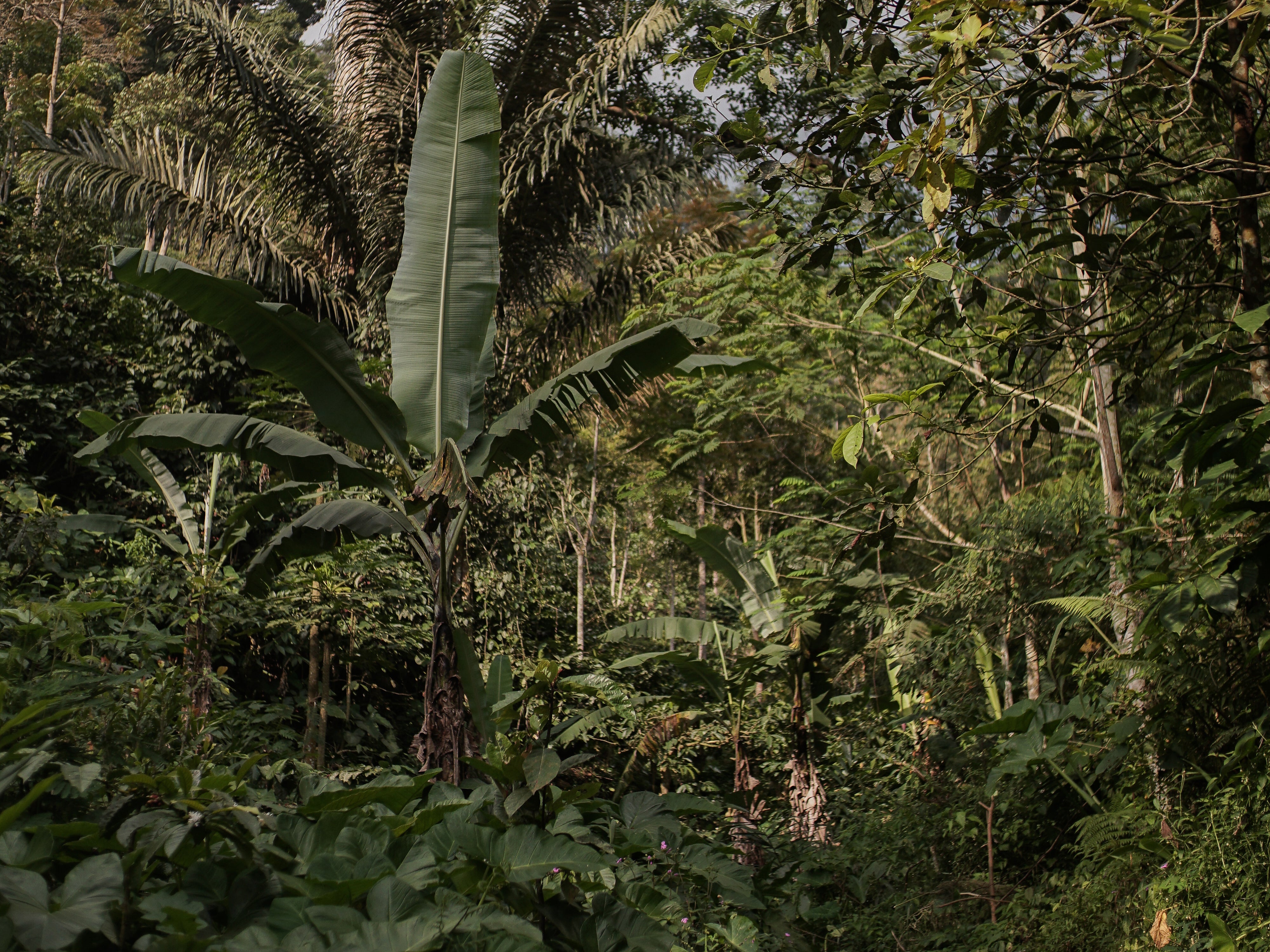
“I’m from a small village. I didn’t go to high school, life as an artisan was never easy. But here, I finally feel valued. I felt seen.”
This is the first thing Ibu Lilik said when I asked her what she felt. We just finished a full week of events in t'angan, our exhibition with the world renowned cellist Yo-Yo Ma. Together with five other artisans of her cooperative from Gesikharjo, East Java, she had traveled far to share her story. For these fifth generation craftswomen, it was their first trip to the capital and the first time they had ever been on a plane.
The exhibition was part of The Bach Project, a global series of concerts and events by world-renowned cellist Yo-Yo Ma across 36 locations in six continents. Each concert is followed by a day of action, during which Yo-Yo Ma meets with local artists, social organizations, students and members of the public to celebrate local culture and explore how it can contribute to big and small solutions to society’s most pressing issues.

In Jakarta, the focus was on living in harmony with nature — a big challenge in Indonesia as the emerging country is struggling to reconcile economic development with inclusivity and the protection of Nature. So when his team reached out with this idea, we knew it was meant to be.
We began our discussion initially with his concert poster. A piece that embodies the idea of how culture connects us.
For weeks, we listened to his Bach Cello Suite No. 1. We wanted to highlight the theme of interconnection by choosing our handwoven raw cotton as the textured base. After, lines of various depths are drawn. First dipped in our SacredGold fruits, and after immersed 30x in SweetIndigo™ to create the deepest Midnight hue. From blue to gold, everything seems to dance effortlessly.


We knew from the beginning that we wanted this unlikely collaboration to bring meaningful change in perspective. After months of brainstorming, we finally decided that we would host an exhibition about the invisible story behind clothes. The issues surrounding the way we currently make, buy, wear and dispose of our clothes — and what lessons Indonesia’s textile heritage has to offer.
Making stuff—clothes or anything really—doesn’t come free to the planet. It's easy to forget, but each and every thing we wear takes land, water, manual labor and other resources to make, from fabric to finish. Some estimates say the clothing industry accounts for up to 10 percent of global carbon emissions, mostly from the production and processing of the raw materials into fabrics.

The fashion industry produces over 100 billion garments per year.
With over 8,000 chemicals used in its production, it’s the second biggest contaminator of our Planet’s fresh water. In Indonesia, the Citarum river is a vivid case: The untreated wastewater of 200 textile factories has turned it into one of the most polluted rivers in the world — leaving once proud fishermen to fish through plastic waste.
While new technologies and business models are very much needed, one of the key problems of fast fashion is rarely addressed: the invisibility of the hands that make our clothes, the untold story of their suffering. The disconnect is real, with or without us realizing.
But it doesn't have to be this way. And together with Yo-Yo Ma, we wanted to show that an alternative path is possible. One that requires us to look back, to indigenous cultures and how they have lived in harmony with Nature for generations.



"Seed of Hope" is how Yo-Yo Ma described SukkhaCitta's work.
t’angan is a celebration of the hands behind our clothes. Hands that have been invisible for too long. The name is a play of two Indonesian words: tangan (hand) and angan (hopes, dreams). It embodies our dream of building a fairer world for the artisans in villages across Indonesia.
From the use of natural, bio-degradable plant dyes once common all over Indonesia and weaving with locally grown, rainfall-reliant cotton, to creating beautiful, delicate motifs full of meaning by hand using hot wax: Visitors experience to an alternative to anonymous, machine made clothes created from polyester (fossil fuel fabrics) and digitally printed in bright, yet toxic synthetic colors.



At the end of the opening day, Yo-Yo Ma stood with our Ibus who flew for the first time to Jakarta to share their story. The craftswomen proudly sharing their heritage to distinguished guests who now has a new appreciation on what they wear. The festive afternoon ended with a musical moment by Yo-Yo Ma and our long term muse, Asmara Abigail.
This collaboration with the UN Messenger of Peace also marked the launch of our craft school, Rumah SukkhaCitta, a place where young craftswomen from all over the country can come and learn how to set up and run their own craft business.
The exhibition drew over 10,000 visitors in its first week who left with a newfound understanding on the invisible story behind their choices. Hand in hand, the time is now to build a future that leaves no one behind.



_
Yo-Yo Ma wears TITIK Weekend Shirt and SELAH Fitted Shirt. Both are handwoven without any electrivity on manual wooden loom and dyed 100% with plants.




